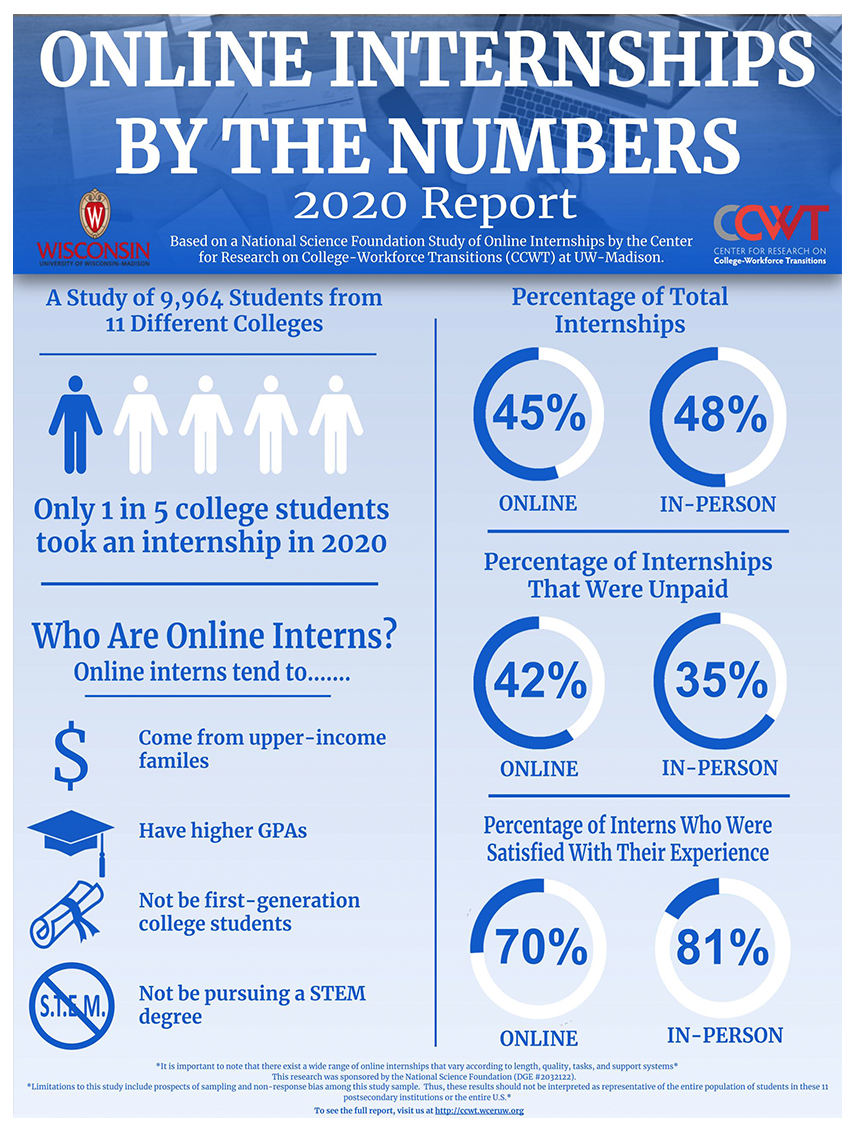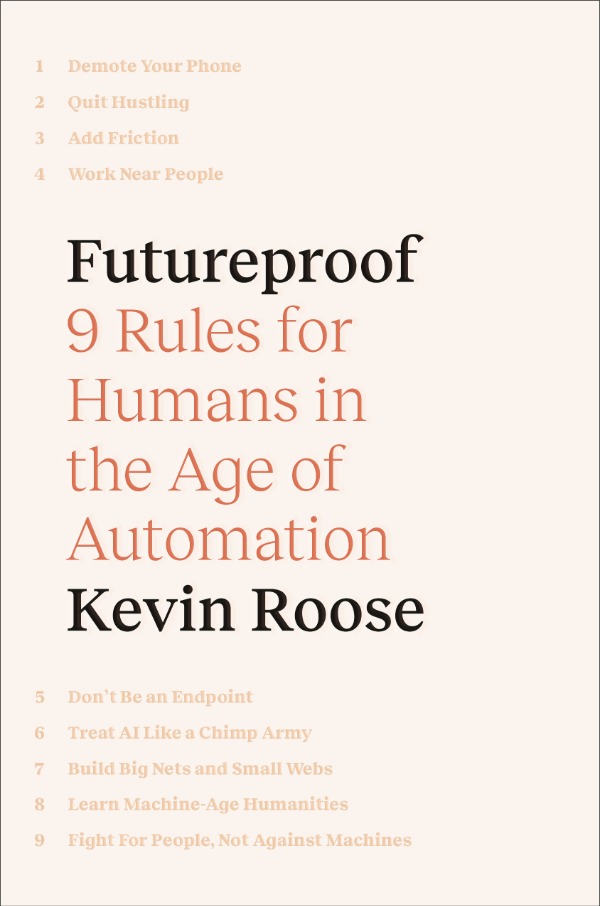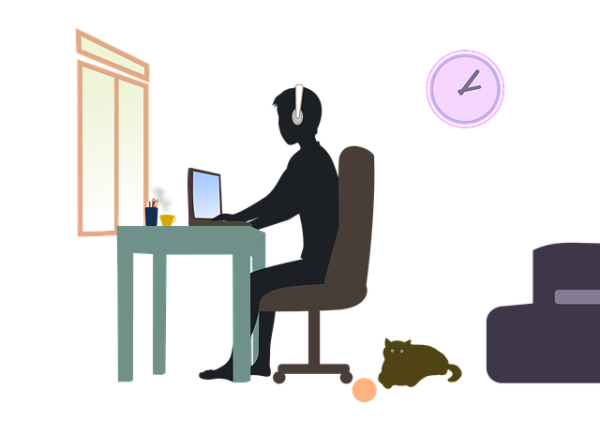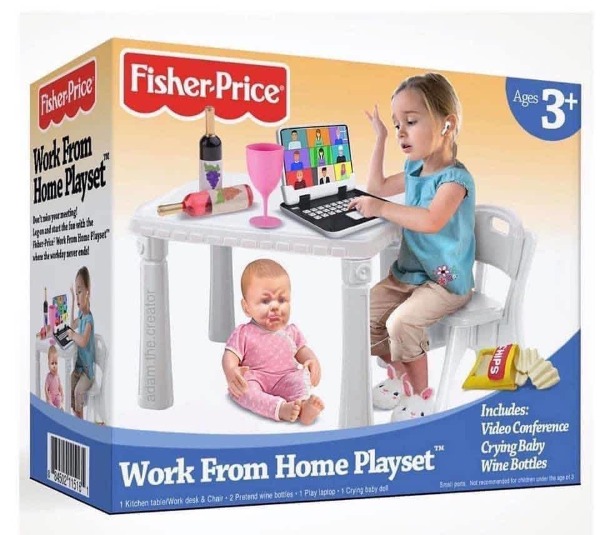As we move towards the winter of 2020, the pandemic is still the most dominant factor affecting work and school in America. In March of this year, the rise of COVID-19 cases forced a reimagining of work and school. I'll leave school for future posts and focus here on work.
I could have used the title "Reimagining Work" as a title on a post in any of the 14 years that I have been writing here because we are always reimagining work and the workplace. But 2020 has also been the year of social and cultural uprisings throughout the world, a record number of hurricanes, catastrophic fires in California, dire warning about climate change, and an increasingly divided American political system.
I saw a panel on this topic focused on reimagining the office and work-life after COVID-19. I think it's too early to say what the results will be, but it is clear that some things have been forced to change. The question is how many of those things will remain or will we return to some of what we were doing in 2019?
Before the pandemic, it would have been safe to say that having offices were critical to productivity and creating a company culture. Estimates I found vary on how much work has moved out of offices. In April, I found that it was estimated that about 62 percent of employed Americans were working from home. Work from home was already a trend before 2020 but the number was closer to 25 percent. Prior to the pandemic, just 3.4 percent of Americans worked from home, but at the peak of the shutdown, an Upwork report in partnership with MIT found that nearly half of the U.S. workforce was working remotely.
Will there still be competition for prime office space in major urban centers? Will companies be maintaining but downsizing their workspaces?
around the world, and many focused on solutions that were seen to promote collaboration. Densification, open-office designs, hoteling, and co-working were the battle cries. a couple of years ago. During the pandemic, many people have been surprised by how quickly and effectively technologies for videoconferencing and other forms of digital collaboration were adopted. For many, the results have been better than imagined.
According to McKinsey research, 80 percent of people questioned report that they enjoy working from home and 41 percent say that they are more productive than they had been before.
As I said, this reimagining was happening before the pandemic. 
 In the 2017 book, Reimagining Work, the focus is on the business leader working in what the author calls a "new on-demand economy" positing that "traditional management strategies are becoming obsolete."
In the 2017 book, Reimagining Work, the focus is on the business leader working in what the author calls a "new on-demand economy" positing that "traditional management strategies are becoming obsolete."
That obsolescence is driven from the bottom up. A skilled workforce wants much greater flexibility and more control over their work. That is not something major corporations really ever considered offering in the last century.
That flexibility began in this century with many startups and smaller companies. It's easier to turn around a small boat than it is to turn a large ship. Some of those smaller companies - Uber, Lyft, Handy, Airbnb, Task Rabbit - have become big and the flexibility was built into their culture. Changes have already happened more broadly in the way companies recruit, develop, and train talent. As the book says, growth for a company is more than just expansion. It also means maturation, adaptation, and evolution.
During the pandemic, employees were freed from commuting and work travel. That has given them more personal time and greater flexibility in balancing the work-life balance that has been part of attracting new employees for the past twenty years.
For employers, this shift means they can access new pools of talent without considerations of the location while saving on their real-estate costs.
I have had several jobs that were done virtually with only a few visits to the actual company offices. One of my sons started a new job during the COVID-19 summer and he has never been to the company offices. He did his interviews by videoconferencing and has met his co-workers only online and on phone calls.
I don't think total isolation from the office and co-workers is ideal, and there has been speculation about the effect these shifts will ultimately have on "office culture" - morale, company loyalty, camaraderie and other difficult to assess elements.
Almost everyone is looking to return to some reopening and return to whatever the new normal turns out to be. Though President Trump had predicted it would be "by Easter" or "when it gets warmer," no one really knows when we will return. Before a vaccine is available, the office experience of January 2020 will not return. those few offices (and schools) that have reopened require masks and have redesigned workspaces to ensure physical distancing. Companies are restricting movement to avoid typically congested areas (like elevators, break rooms, dining areas, conference rooms). The classic "hanging out at the water cooler" of the 20th century may be gone forever.
But we know that there is value in the social capital that comes from those informal conversations, meetings, and social engagements, not only with co-workers but with clients.
That panel I referenced asked questions that we don't have answers to at this time. Will corporate cultures and communities erode over time without physical interaction? Will planned and unplanned moments of collaboration become impaired? Will there be less mentorship and talent development? Has working from home succeeded only because it is viewed as temporary, not permanent?
Important questions. No answers yet.
MORE
Another webinar on "Reimagining Work in the Pandemic and Beyond" from Harvard Business
A report on "Reimagining work in the era of COVID-19"


* I used a parody home office toy as an illustration above but Fisher-Price does actually offer such a toy - but no crying baby or wine included.



 Traditionally, "work" was described as a full-time worker with set working hours, duties and benefits. But the definition of work has changed more rapidly in the past 20 years due to changing economic conditions and continued technological advances. A new labor force characterized by independent and contractual labor has emerged.
Traditionally, "work" was described as a full-time worker with set working hours, duties and benefits. But the definition of work has changed more rapidly in the past 20 years due to changing economic conditions and continued technological advances. A new labor force characterized by independent and contractual labor has emerged.

 In the 2017 book,
In the 2017 book, 
